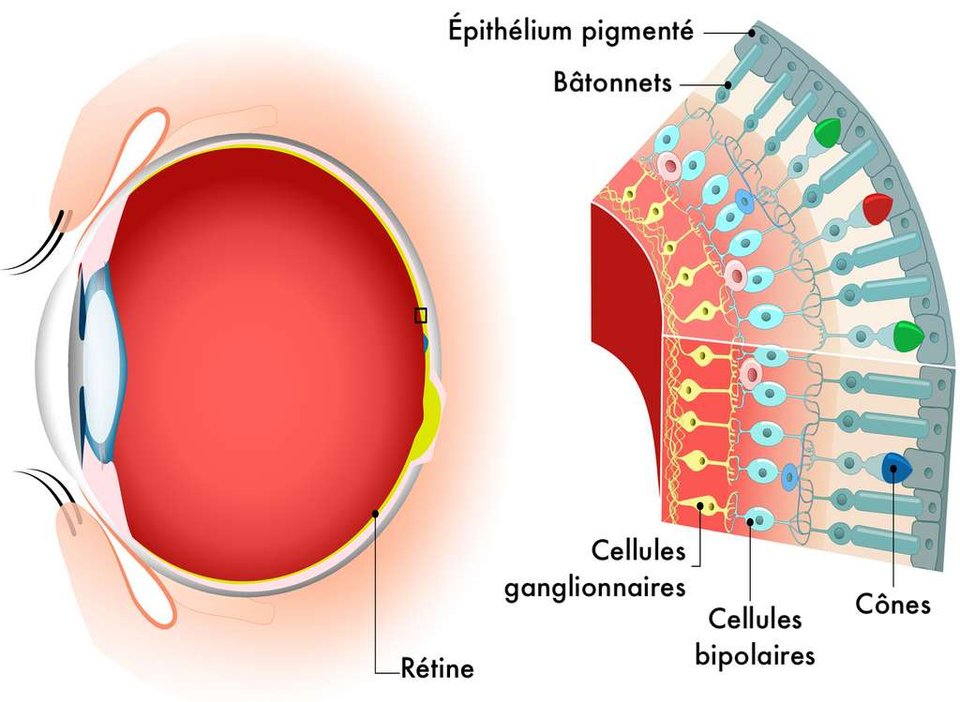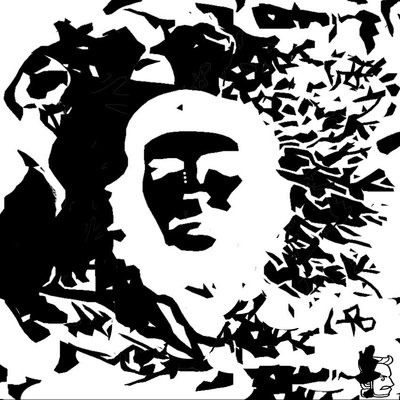The illusion of movement
In the early 20th century, the retinal persistence has been a source of debates linked to the rise of cinema. For several decades, we thought that it was thanks to this retinal persistence phenomenon that we were able to watch films. According to this theory, a movie is a succession of fixed images. The retina keeps the fixed images in its memory during some milliseconds and it creates a feeling of movement between each fixed image.
This theory has since been refuted by researchers because the movement is still perceptible even with a frequency of only 5 images per second. With such a frequency, we should only see a succession of fixed images because the retina saves an image only for approximately 50ms. Thus, we can conclude that the brain interprets the images and it imagines the movement, it is not just an optical mechanism.
It is actually another phenomenon that is responsible for the illusion of movement in cinema: the beta effect. It is a basic optical effect: the succession of two similar pictures with a different position gives the sensation of a movement between the images. It is an alternative to the retinal persistence.



